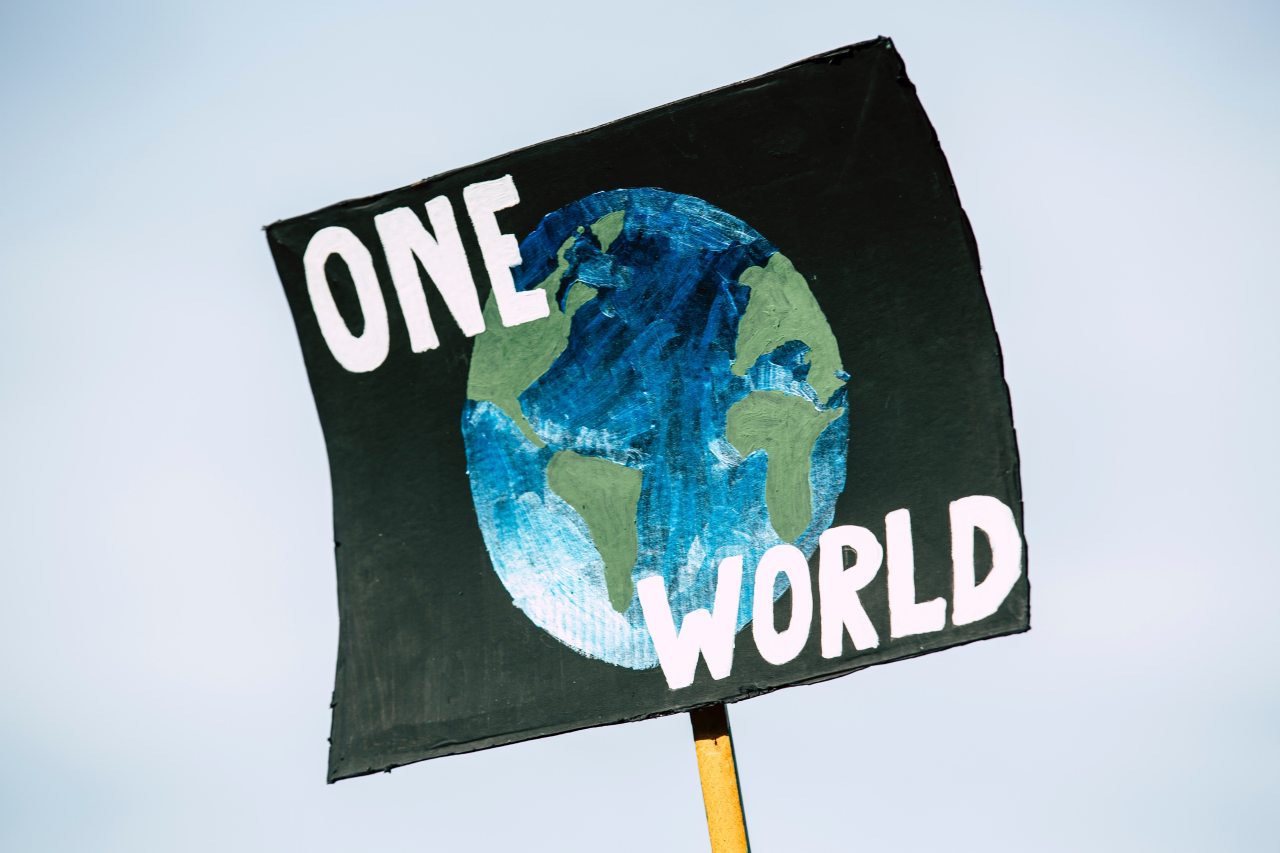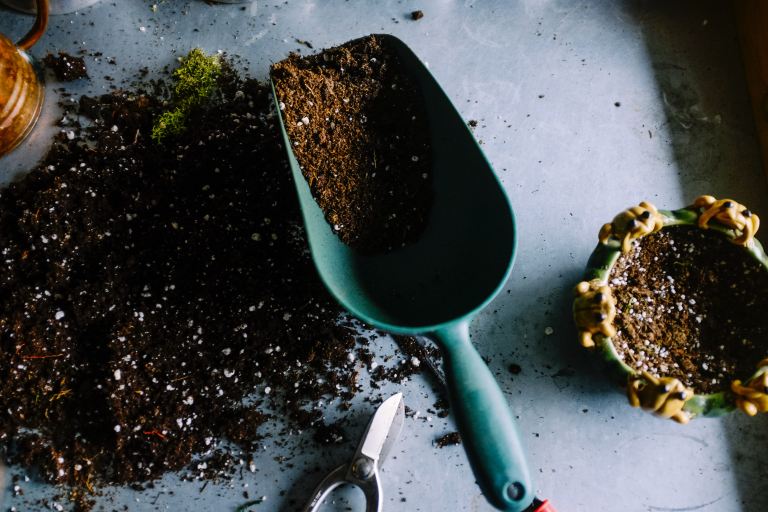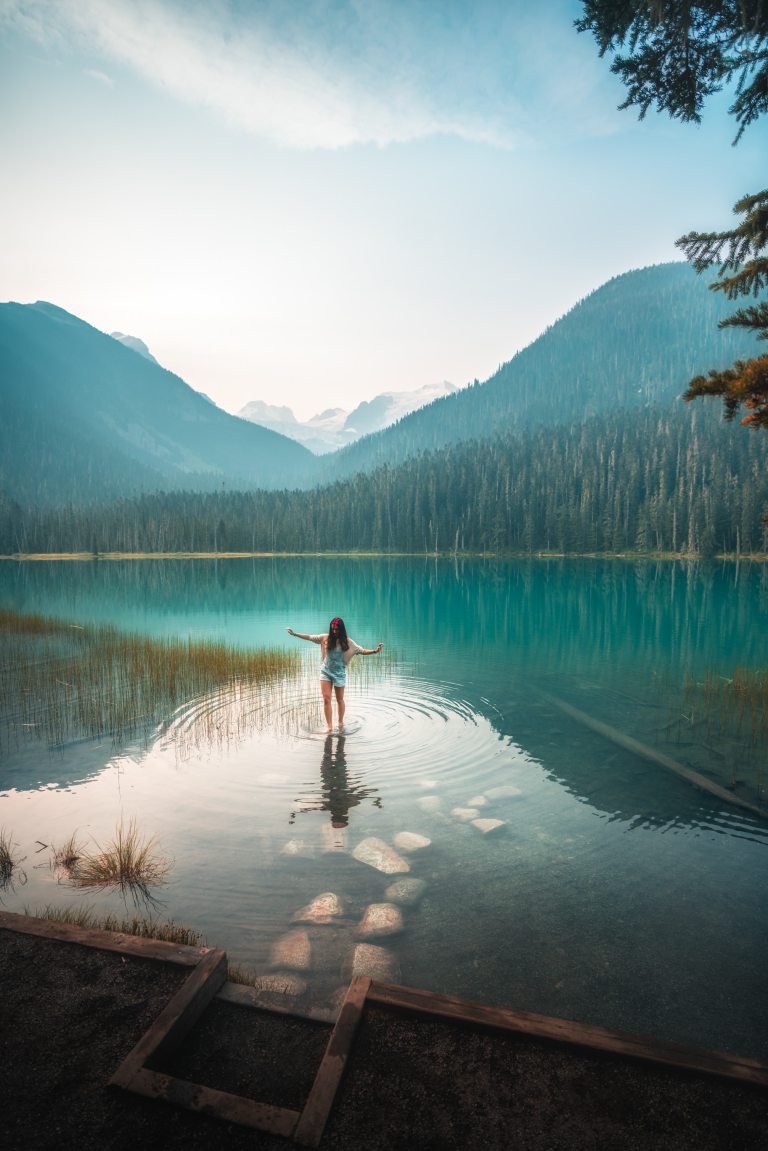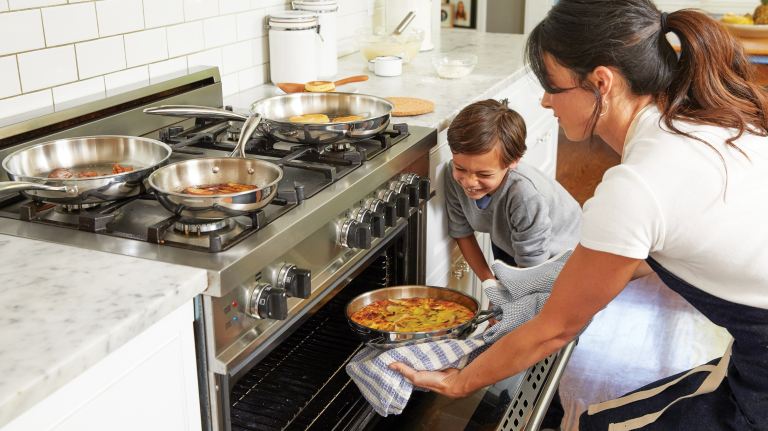10 Little Things You Can Easily Start Doing Today To Help Fight Climate Change
1. Eating less meat, in particular, red meat
Eating less meat will definitely help the conditions of climate change. Eating less meat will help to lower the space in which the livestock need to graze, which means that fewer forests would get cut down to make more space for the demand for livestock. It also will lower the emission of methane, which is more potent than CO2. The production of meat also requires more water than their plant-based equivalents. All in all, eating less meat would help keep the forests alive, would reduce toxic gases, and help to fight our water supplies. Tip: if eating less meat is a challenge, you can try to eat less red meat (think beef, pork, and lamb) and shift more to white meats since red meats require more land to produce.
2. Buy locally grown food
If you look closely at the supermarket where all the products are coming from, you will be surprised at how many products originate from somewhere else other than the country that you are living in. High demand for export products results in even more shipping. Which, in turn, leads to more pollution of the air, water, and oil. Not only is it possible to keep the carbon footprint stable, it also helps to maintain farmland and green spaces in the area where your local food is growing from.
3. Buy food with less or no (plastic) packaging
Even little changes can go a long way. When purchasing groceries, especially food, look for the ones with the least or even better – no package at all. Tip: fruits and veggies are mostly displayed in a pile at the farmers market where you can pick out the ones you like until your heart is content. Another plus is that you don’t have to bring anymore waste into your home to throw it out again.
4. Bring your own reusable goods with you
Another accessible choice that you can make is to bring your own reusable goods with you. If you are an avid coffee or tea drinker it is extremely helpful to bring your own cup with you to the coffee shop. In the long run, heaps of plastic won’t get the chance to further damage the environment. When shopping, make sure to bring your own shopping bag with you to avoid coming home with a plastic bag that you probably won’t use afterward. Another good habit is to pack your lunch and take it with you to work or school. There are enough options for reusable lunch boxes to choose from either in your local department store or online.
5. Choose beauty products without microbeads
Microbeads are a type of microplastic that is usually smaller than 1 mm. These pieces of plastic can be a pollution threat to the ocean as they often get washed down the drain and are not biodegradable. It ends up in the rivers and finally in the sea. In turn, fish and other ocean animals will confusedly take it in as food, turning them into contaminated seafood which can enter into our body again if we consume it. It is extra important to pay attention to the beauty products that we are using.
Tip: Look out for polyethylene (PE), polymethyl methacrylate (PMMA), nylon, polyethylene terephthalate (PET) or polypropylene (PP). These are all ingredients that contain microbeads.
6. Drink tap water instead of bottled water
This only applies when you are living in a place where the tap water is drinkable. Tap water is just as safe as bottled water. This helps further with fighting plastic pollution. It is also less expensive and always available.
7. Shop for second-hand clothing instead of buying new clothes
Choosing more for second-hand clothing has lots of benefits regarding climate change. First of all, the lifespan of the garment will get extended as the clothing gets used again. This helps to decline textile waste in the long run as fewer people will discard their clothes when buying fast fashion. Secondly, second-hand clothing is more eco-friendly as opposed to buying new clothes, because a lot of water goes into manufacturing the clothes and recycled/second-hand ones don’t need any.
8. Upcycling daily items
Even better than recycling? Upcycling. It means to take used materials and bring new life into them by using them in a way that is more sustainable than before. For example, empty plastic buckets can be used for planting houseplants that in turn release oxygen which freshens the air around us. Another example is to use empty plastic take-out boxes to store small household goods. And so on and so forth.
9. Separate waste
Separating waste is important to maintain the value of a certain kind of material. For example, the paper that gets mixed up with other waste cannot be used again for recycling. The more waste we separate in categories, the more efficient the recycling process will become. This means that successfully recycled materials can be reused into making new products.
10. Hop on the bike more
Take the bike more often than the car when you are traveling short distances. While you travel pollution-free, you also take care of your body at the same time. Win-win!





